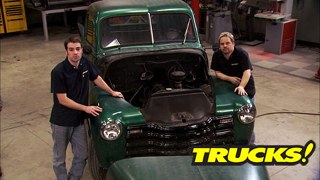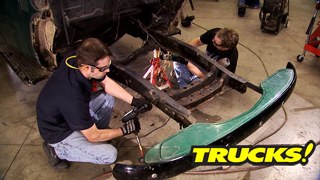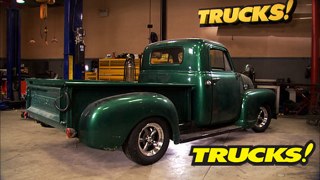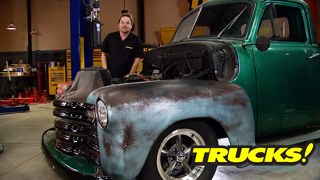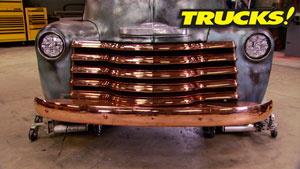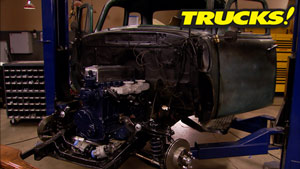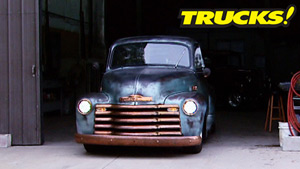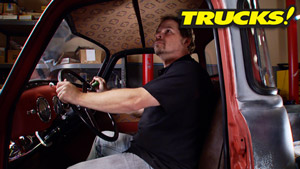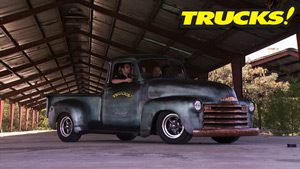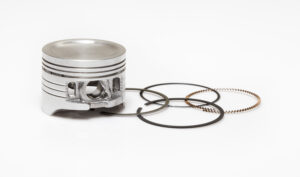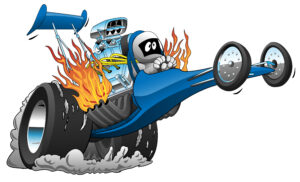
ClasSix Part 1
Our retro 1949 Chevy 3100 is not only going to end up with a great new look, its power plant will be Chevy's vintage straight six. And, just to see what this 60 year old design has to offer, we'll start off with a road test.
Season 11
Episode 5
